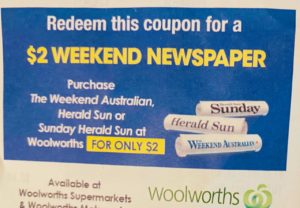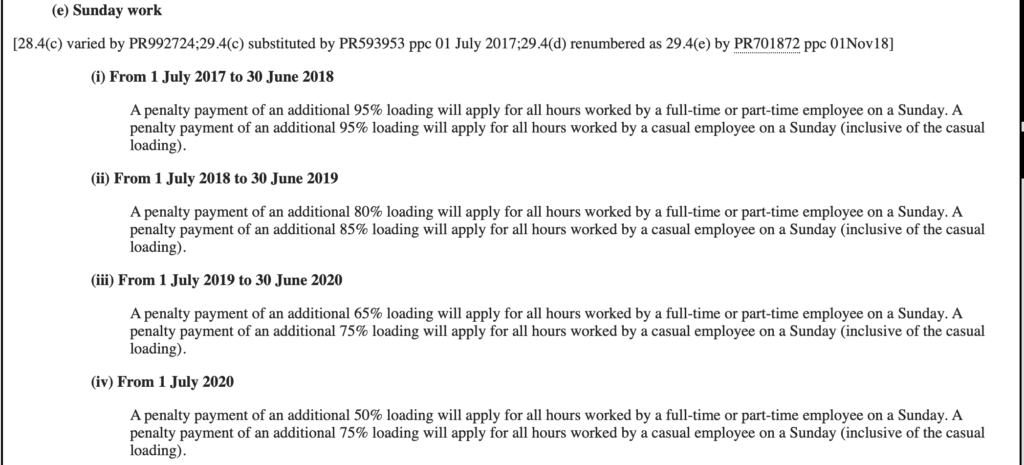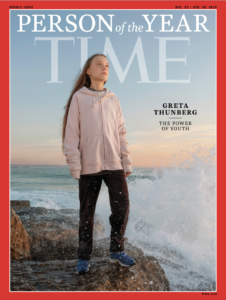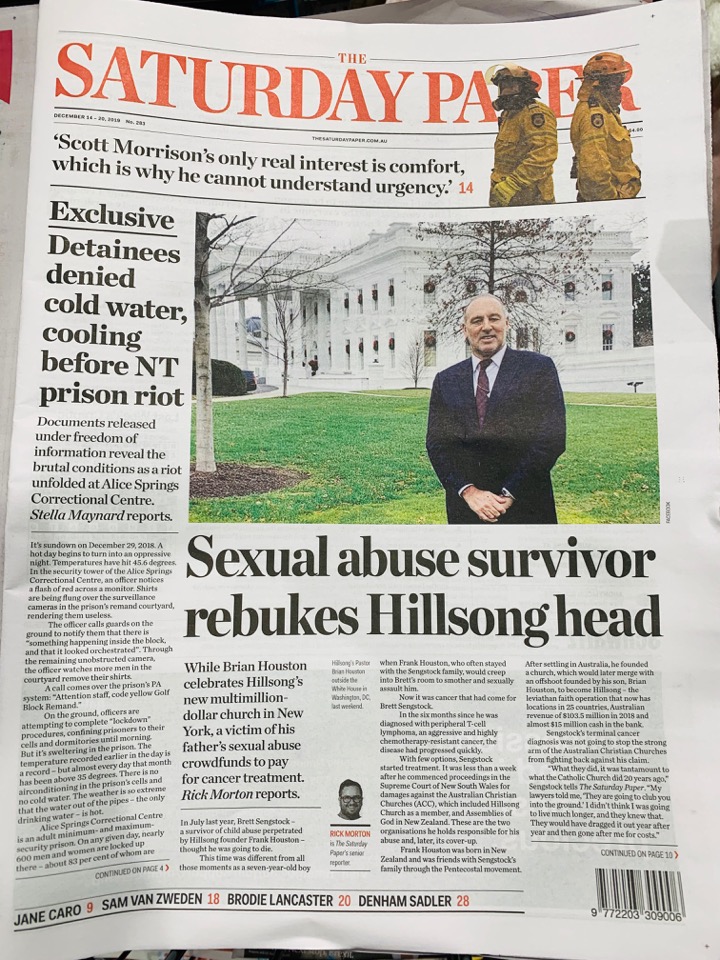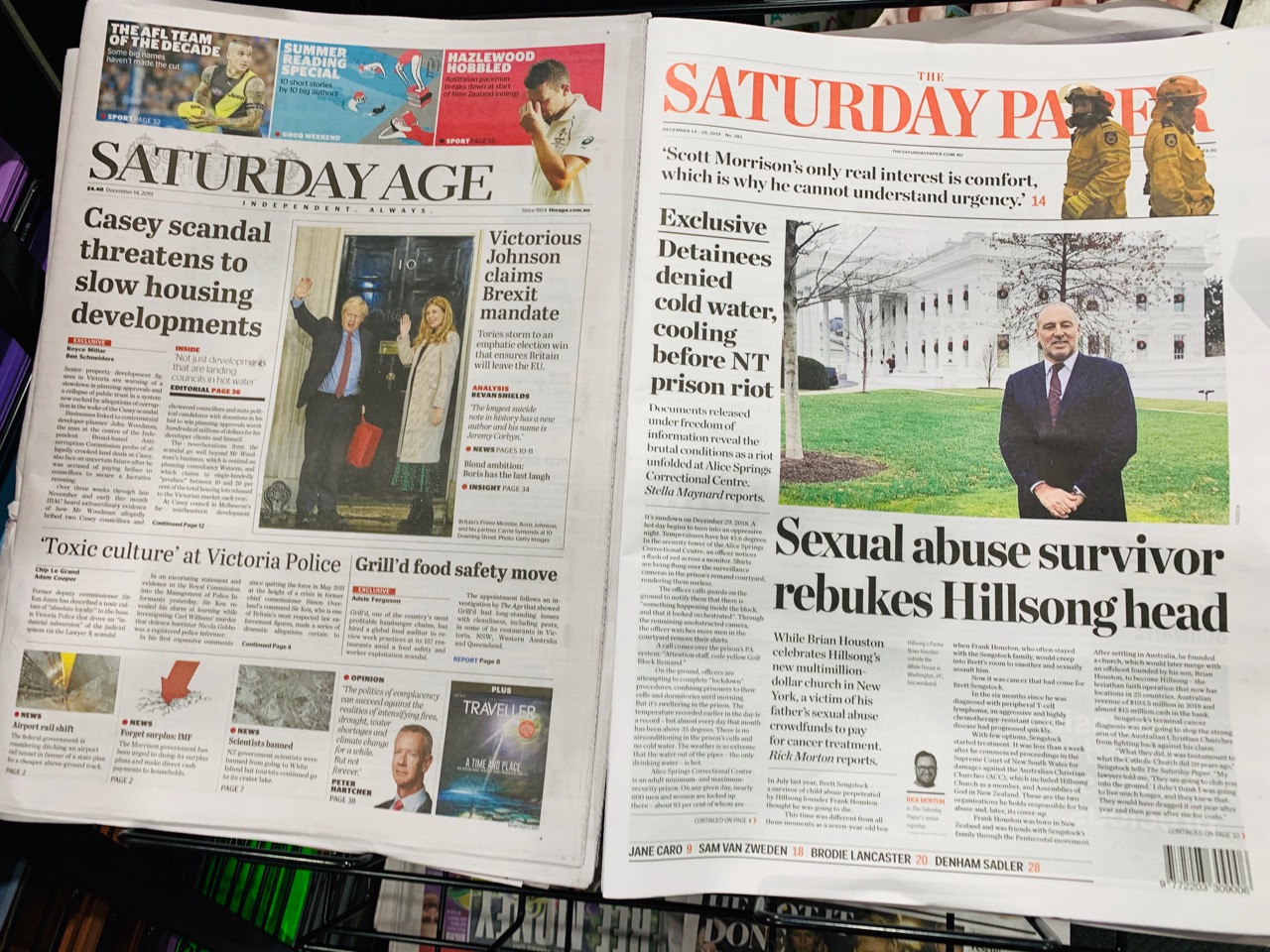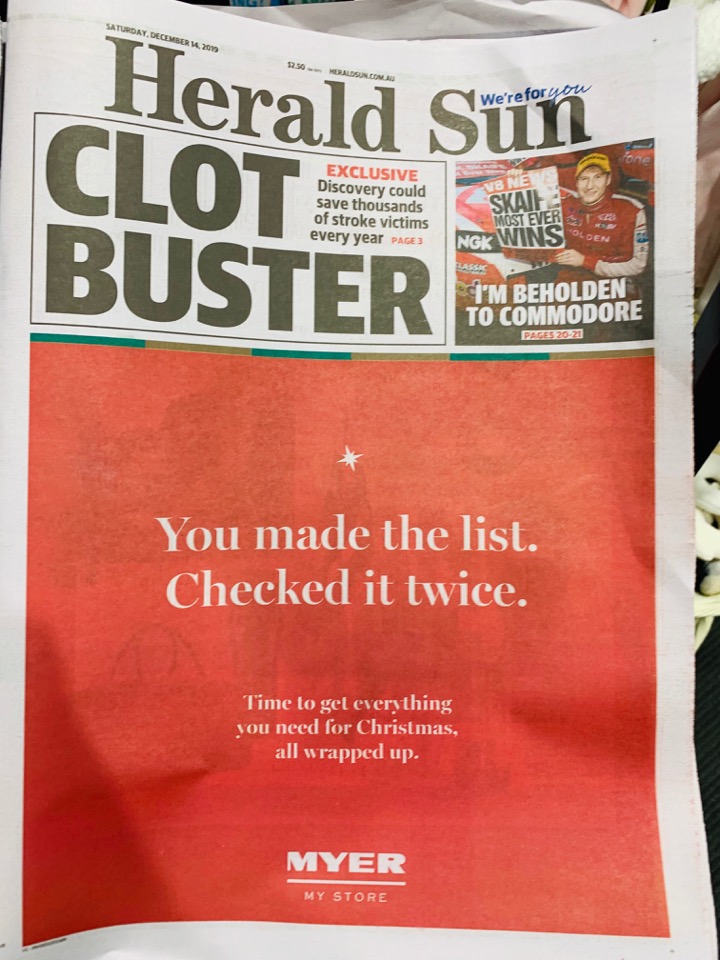All Myer department stores across Australia suffered major POS system tech failure yesterday (Dec. 14), a vitally important day for Christmas trade this season.
Most consumer facing tech at Myer runs on XP from my understanding, an operating system that was at end of life years ago.
Among IT professionals in retail, the Myer tech infrastructure has been a running joke. Clearly those in control of IT capex within the company have not had the stability and efficiency interests of the business at heart in their decision making.
With Windows 7 at end of life in four weeks, what happened to Myer is a reminder of the importance of having sound and current IT infrastructure in retail or any business for that matter.
The Myer IT infrastructure is old, out of date and technically unsafe.
My newsagency software company Tower Systems, we have been sharing advice with our 3,500 indie retail business owners about the soon to be end of life of Windows 7, providing options cost effective upgrade.
We provide a personal hardware and software upgrade service, tailored specifically to the needs of each customer.
We have also, in 2019, delivered comprehensive POS software updates, keeping our specialty POS software at the forefront of each marketplace in which we serve: Jewellers, garden centres, bike shops, produce stores, pet shops, toy shops, fishing and outdoors stores, rural supply businesses and newsagents.
What happened to Myer Saturday could have been avoided with better leadership, decisions focussed on managing IT and data as core business assets.
Take a moment and check your hardware and software.Make sure they are up to date. If you are running Windows XP or Windows 7, you must change to something more up to date. If your POS software has not been updated this year, look around at something more modern and fit for the needs of today.
Our Retailer Roam portable POS software and our Retailer cloud based and desktop POS software provide indie specialty retailers tools through which to better serve and compete locally. As active retailers ourselves (3 shops), we willingly share broader retail insights we see in our travels.
The Myer story from yesterday is timely. It need not be scary if you are prepared.

